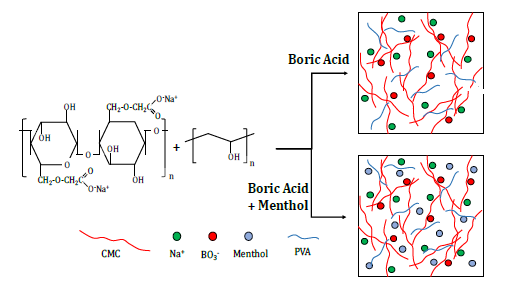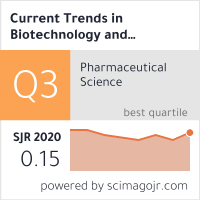A cost-effective superabsorbent polymer composite for prospective wound healing applications
DOI:
https://doi.org/10.5530/ctbp.2024.4s.9Keywords:
Wound healing, Hydrogel, Crosslinking, Mortality, LyophilizedAbstract
Wound healing is essential for maintaining the physiological functions of the skin. Any disruption of the skin may lead to wound formation, which can result in mortality if left unattended. The most regular or standard therapy is to cover the wound with a dressing, which reduces the risk of infection and secondary damage. Wound healing is a continuous process accompanied by many other associated biological processes. Available market products to aid in wound healing, have some disadvantages, such as the formation of blisters, pain, and delayed healing. The present work is focussed on the development of a new material based upon the theory of superabsorption using cheap and food grade products. These materials are called hydrogels, which can absorb a substantial amount of water and have several applications. One of the applications is for wound healing as the absorption of bloodallows the agglomeration of the platelets, and other proteins which accelerates the wound healing process Although lyophilized hydrogels are lightweight and capable of absorbing large volumes of water, they are extremely brittle and lack structural integrity when absorbed. In this study, we have used Sodium Carboxymethyl Cellulose (NaCMC) and Polyvinyl Alcohol (PVA) polymers with a crosslinker (Boric Acid) to form apolymer composite capable of considerable water absorption to accelerate the wound healing process while retaining the benefits of strong mechanical characteristics, biodegradability, good water absorption, retention, and biocompatibility at a low cost. FTIR and DSC studies have been performed to estimate the chemical composition of the polymer composite and good crosslinking was observed with increasing amounts of the crosslinker.



